From May 1st to 15th, 2023, I visited Silicon Valley; especially Palo Alto. Next to Stanford, incubators, corporates and venture capitalists were on my list for meetups. Even though experiences are not replaceable for proper understanding, I want to share some rough insights innovation funding stages.
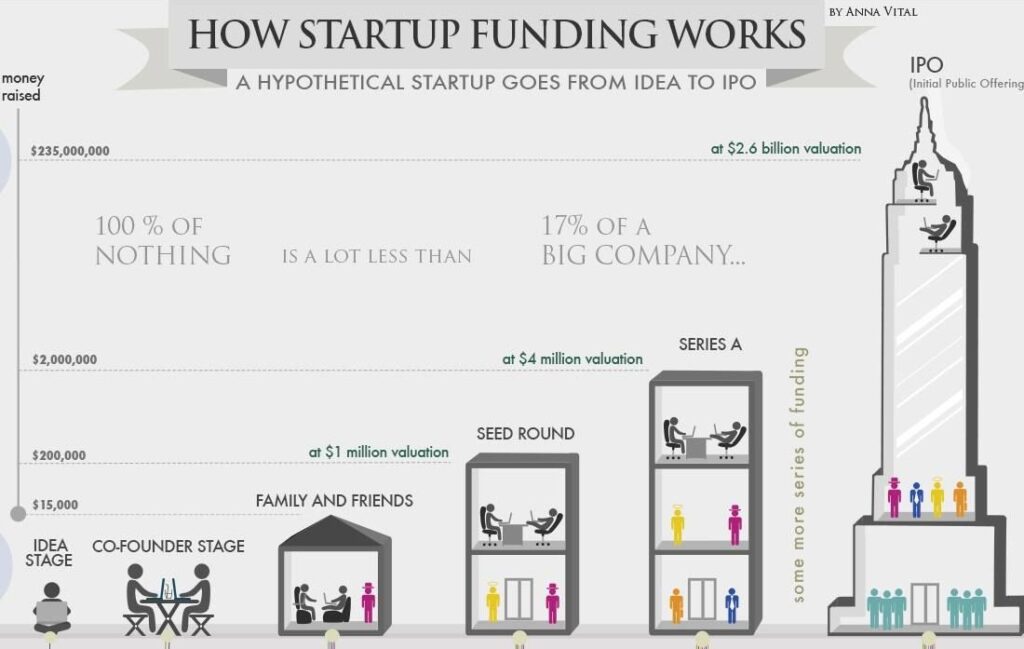
Friends, Family and Fools
When an idea shall become more than a dream, first budgeting takes place on a close round of people. This budget covers initial costs, e.g. for required basic infrastructure and setups. Funding might contain free rooms in private dorms or a garage (such as HP or Apple); these do not represent proper office rooms. Budget is still short.
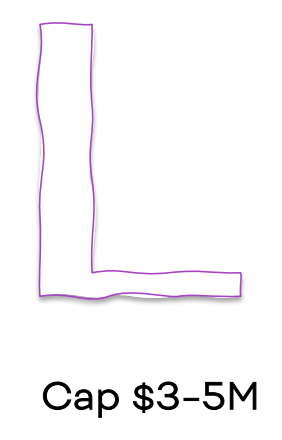
In exchange equity is contracted, which is caluclated based on a capped capitalization.
Equity is a delicate topic
handling equity is important, especially proper negotiation. Venture Capitalists are not interested in having too much of it, as it will take the drive out from founders, as these work for their own equity shares.
Within this sage ideas are evaluated and become more concrete. Discussions are crucial as pivoting might happen anytime, causing capital loss. Later stages have higher impacts.
Business Angels
As the idea became more concrete. First evaluations about product-market-fit takes place. The idea is mapped to a product and evaluated from multiple perspectives, such as:
- Financial
- Market
- Customer
- Enterpreneur
- Venture Capitalist
The idea shall become a formulated product, being able to convince several stakeholders.
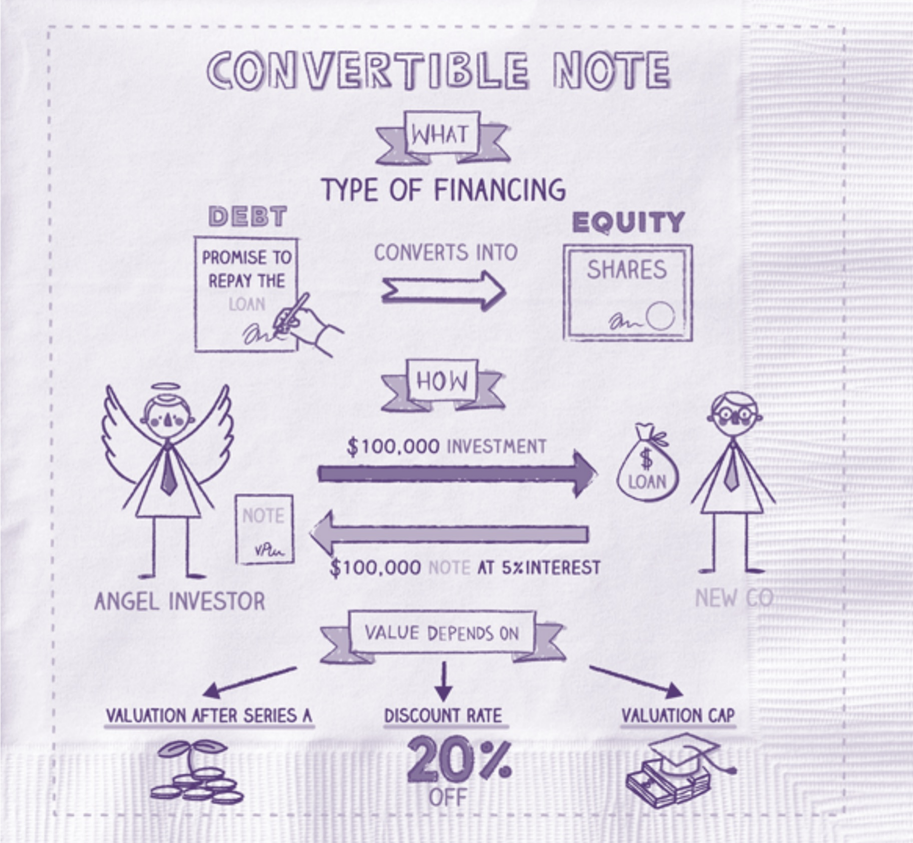
Business Angels contribute for another contracted equity; they delivery expertise, methods, their network and support the product-market-fit procedure.
Pre-Seed
The idea is formed as product which needs concrete evaluations for a market. An evaluation via a website and placed addes might take place, checking market interest, in the product.
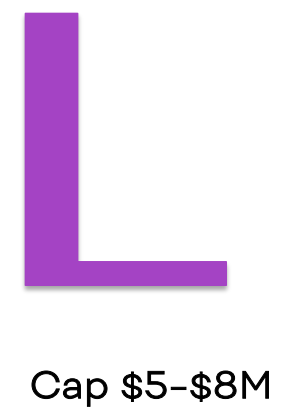
This is the first stage, where Venture Capitalists might join the product for another part of contracted equity.
Seeding
Once a pre-check at the market took place, the product idea is placed and evaluated at real businesses and feedback gathered. Founders normally move to incubators at this stage, where equally minded people contribute to one-another. The outcome is a detailed product description: the holy grale for going into a series.
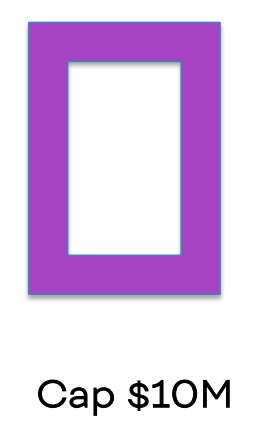
Incubators are running on donation-basis and get another part of contracted equity from founders for their network, location and capabilities. Due to regular seedings, they support with proper setups and steering for getting into a successful series.
Series
The idea became a described product, which survived many challanges and did not lose its potential growth. Within Series, the product becomes reality. This happens in multiple series, having different targets:
- Series A
The product is implemented for show-casing (MVP). - Series B
The product is rolled-out at a local market. - Series C
The product is rolled-out at an additional market. - Series D (Optional)
Founders re-organize handling the product for fitting excessive growth. This includes adjustments on cost and revenue structures. - Series E (Optional)
The product goes global and receives flavoring.

Within each series, Venture Capital is required for financing growth. Each series has its own Venture Capitalists, which are specialized on the listed series. Once again, these take contracted equity as payment equivalent.
Initial Public Offering (IPO)
Once hitting this stages, like Facbook in May 18th, 2012, the company is an officially listed as incorporated company. Venture Capitalists can exchange their contracted equity against real stocks. Due to excessive growth of shares and potential value over funding stages, early investors gain best value for money while having higher risks due to the risk of pivoting.

